Nickel nanoparticles are a good example of a reactive nanoparticle which is highly redox active , and which is highly inflammogenic in the rat lung, much more so than micron-sized NiO [45]. Following installation in the lung, the nickel oxide nanoparticles cause a progressive lung injury characterized by fibrosis and alveolar lipoproteinosis . when the same instilled surface area dose of titanium dioxide had no inflammatory effect, highlighting the role of the reactive surface. It should be noted that Ni ions were not pro-inflammatory on instillation into rat lungs . A similar differential toxic effect was seen with nickel hydroxide and nickel sulfate nanoparticles alongside a similar exposure to titanium dioxide nanoparticles.

Manufacturing process of nickel nanoparticles
 The ingot using 40 g of nickel (99.9%, Nilaco, Ltd., Tokyo, Japan) as anode was placed on a water-cooled copper. A cathode rod added with tungsten at 2 wt% thoria with a diameter of 6 mm was placed diagonally from the anode. The arc was formed for 12 min in Ar and the mixture of Ar-H2 gas at the pressure of 101.325 kPa. We controlled the arc current at 100 A and electrode gap distance at 6 mm. The concentration of hydrogen was fixed at 0, 30, and 50 vol% in argon arc. The anode and cathode jets are observed successfully by using band-pass filters of 656 ± 5 nm and 500 ± 5 nm, which are installed on the high-speed camera (FASTCAM-SA WTI, Photron, Tokyo, Japan), respectively. The optical system for cathode and anode jet observation and the synchronization observation between cathode/anode jet and current/voltage refer to our previous work.
The ingot using 40 g of nickel (99.9%, Nilaco, Ltd., Tokyo, Japan) as anode was placed on a water-cooled copper. A cathode rod added with tungsten at 2 wt% thoria with a diameter of 6 mm was placed diagonally from the anode. The arc was formed for 12 min in Ar and the mixture of Ar-H2 gas at the pressure of 101.325 kPa. We controlled the arc current at 100 A and electrode gap distance at 6 mm. The concentration of hydrogen was fixed at 0, 30, and 50 vol% in argon arc. The anode and cathode jets are observed successfully by using band-pass filters of 656 ± 5 nm and 500 ± 5 nm, which are installed on the high-speed camera (FASTCAM-SA WTI, Photron, Tokyo, Japan), respectively. The optical system for cathode and anode jet observation and the synchronization observation between cathode/anode jet and current/voltage refer to our previous work.
The morphologies of the samples were examined by transmission electron microscopy (TEM). The TEM study was performed under a JEM-2100 microscope (JEOL, Osaka, Japan). The electron accelerating voltage was 200 kV. The synthesis of copper nanoparticles and chemical properties were studied with X-ray diffraction (XRD) and X-ray photoelectron spectroscopy (XPS). The phase identification of the prepared nickel nanoparticles was measured by the XRD (MXP3TA, Mac Science, Beijing, China) operation of the Cu Kα source (k = 0.1541 nm). XPS data were collected using a Kα+ X-ray photoelectron spectrometer. Spectra obtained from 1486.6 eV photon beams selected from mono Al Kα source were obtained.
What are the different types of nanoparticles?
nickel oxide nanoparticles colour can be classified into different types according to the size, morphology, physical and chemical properties. Some of them are carbon-based nanoparticles, ceramic nanoparticles, metal nanoparticles, semiconductor nanoparticles, polymeric nanoparticles and lipid-based nanoparticles.
Carbon-Based Nanoparticles
Carbon-based nanoparticles include two main materials: carbon nanotubes (CNTs) and fullerenes. CNTs are nothing but graphene sheets rolled into a tube. These materials are mainly used for the structural reinforcement as they are 100 times stronger than steel.
CNTs can be classified into single-walled carbon nanotubes (SWCNTs) and multi-walled carbon nanotubes (MWCNTs). CNTs are unique in a way as they are thermally conductive along the length and non-conductive across the tube.
Fullerenes are the allotropes of carbon having a structure of hollow cage of sixty or more carbon atoms. The structure of C-60 is called Buckminsterfullerene, and looks like a hollow football. The carbon units in these structures have a pentagonal and hexagonal arrangement. These have commercial applications due to their electrical conductivity, structure, high strength, and electron affinity.
Ceramic Nanoparticles
Ceramic nanoparticles are inorganic solids made up of oxides, carbides, carbonates and phosphates. These nanoparticles have high heat resistance and chemical inertness. They have applications in photocatalysis, photodegradation of dyes, drug delivery, and imaging.
By controlling some of the characteristics of ceramic nanoparticles like size, surface area, porosity, surface to volume ratio, etc, they perform as a good drug delivery agent. These nanoparticles have been used effectively as a drug delivery system for a number of diseases like bacterial infections, glaucoma, cancer, etc.
Is nickel nanopartilce so expensive?
 Different types of cheap nanoparticles have different properties and properties due to their chemical and physical structural differences.
Different types of cheap nanoparticles have different properties and properties due to their chemical and physical structural differences.
Nickel nanoparticles are widely used in the production of chips and dyes. It is also widely used in the production of optical filters, especially in advanced nanotechnology industries.
Nickel nanoparticles are manufactured and manufactured in different types of quality, and therefore a variety of quality benefits at different prices.

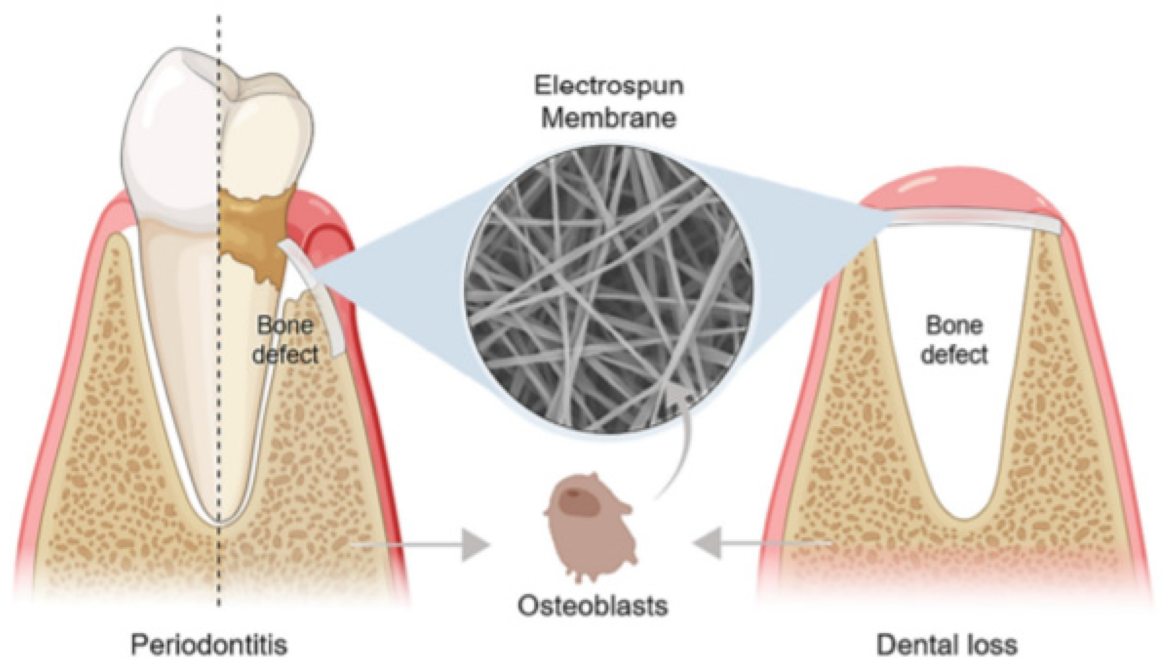
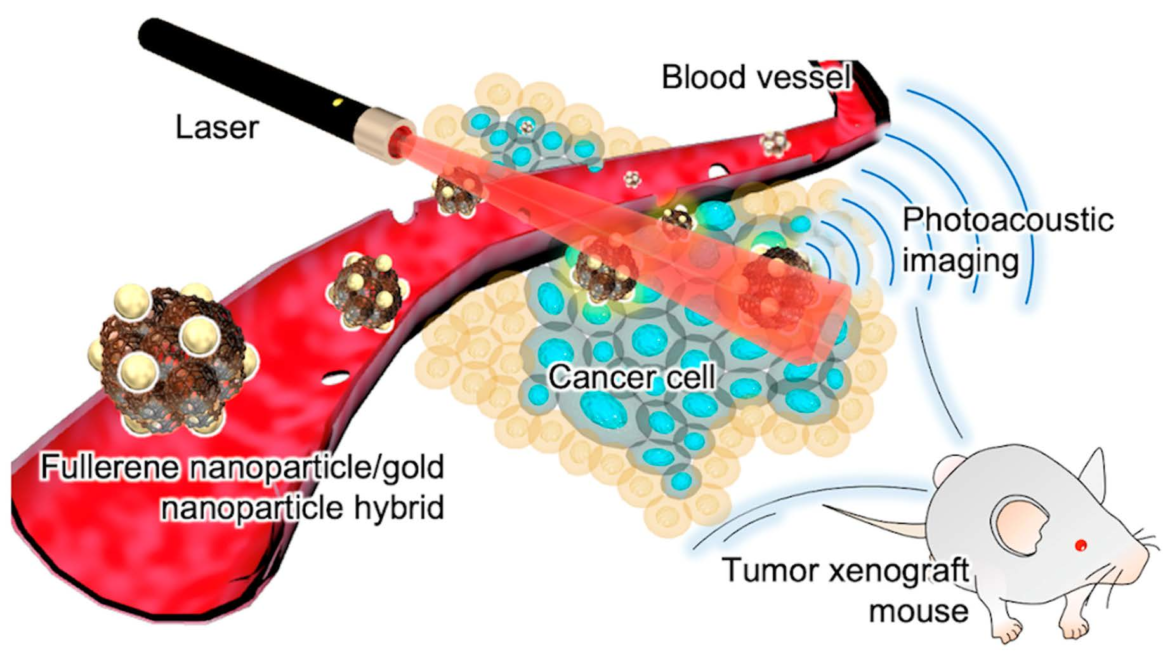
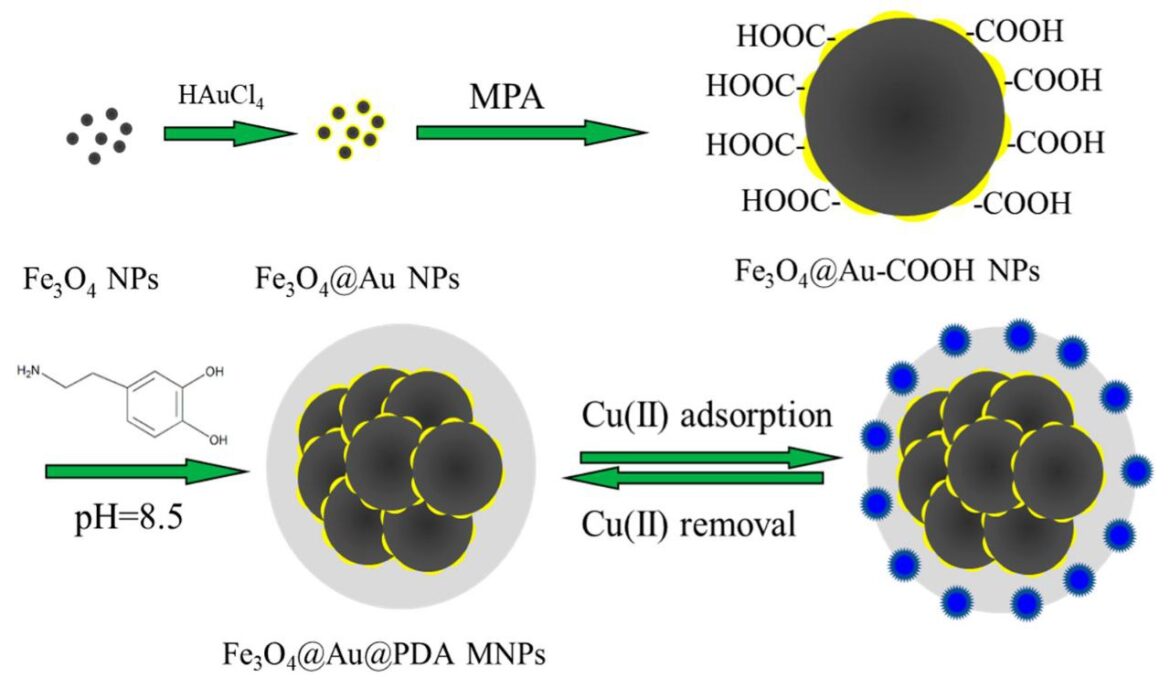

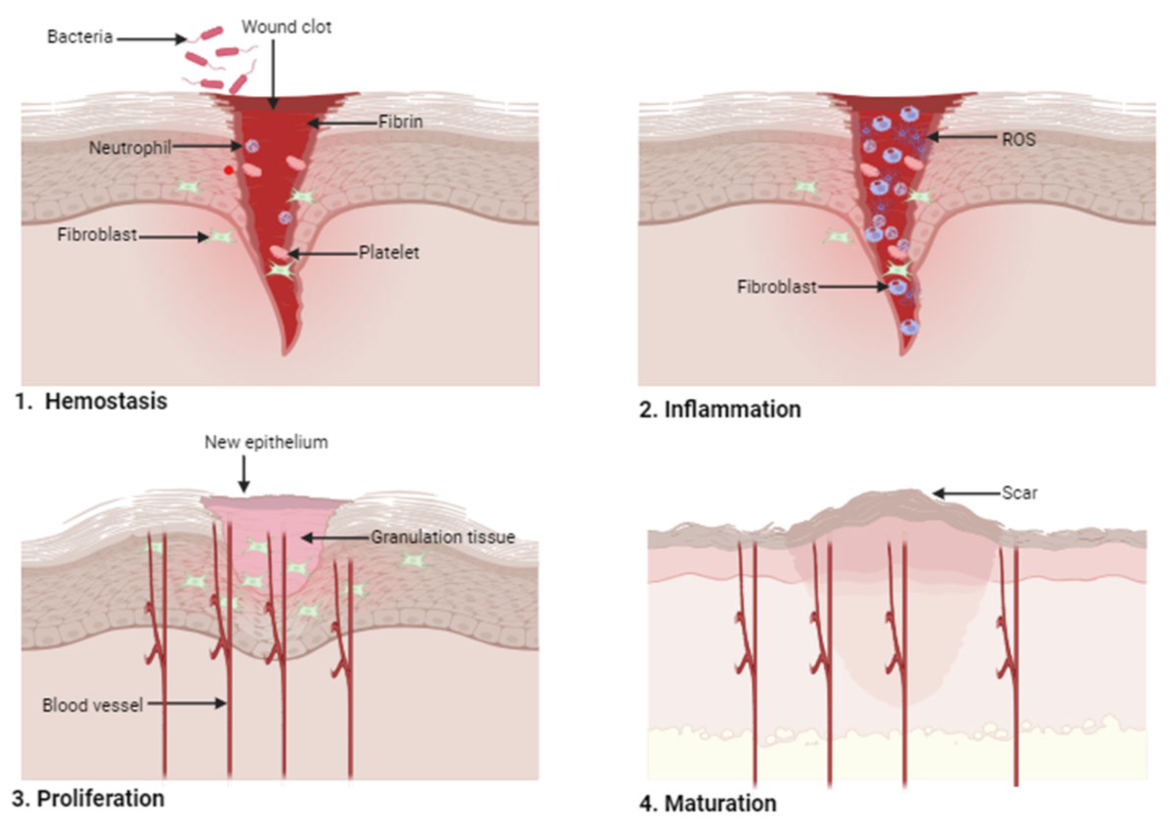

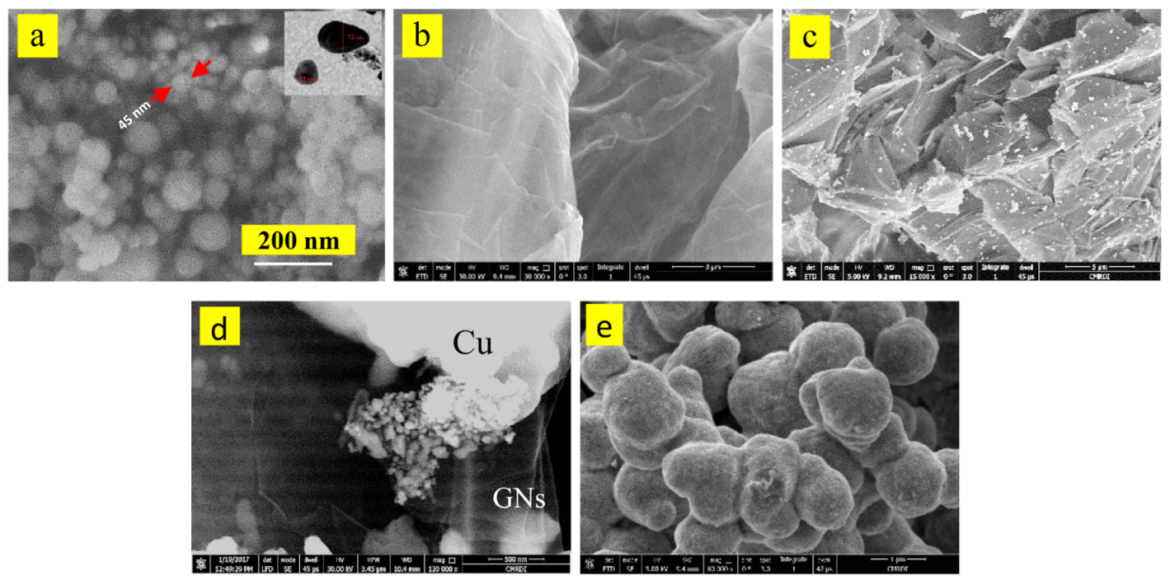
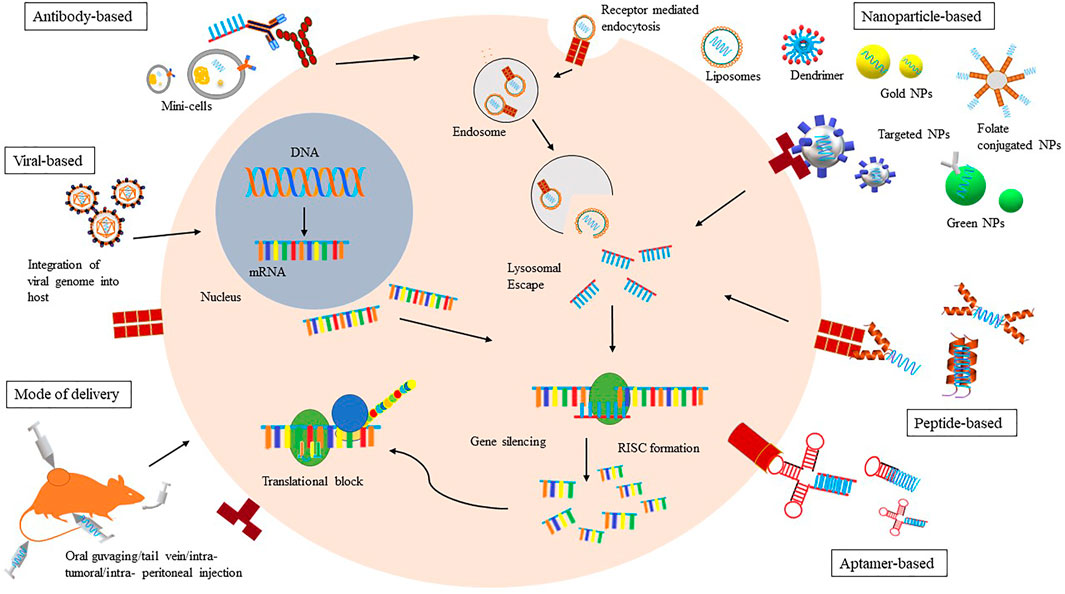
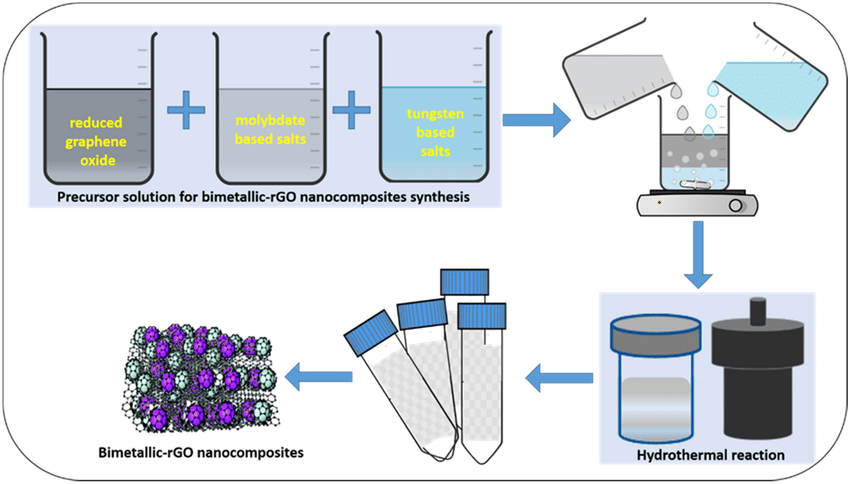
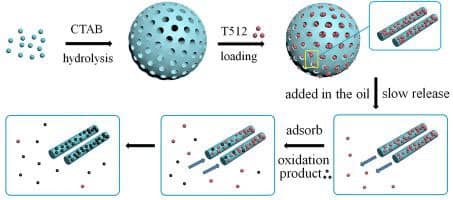
Your comment submitted.